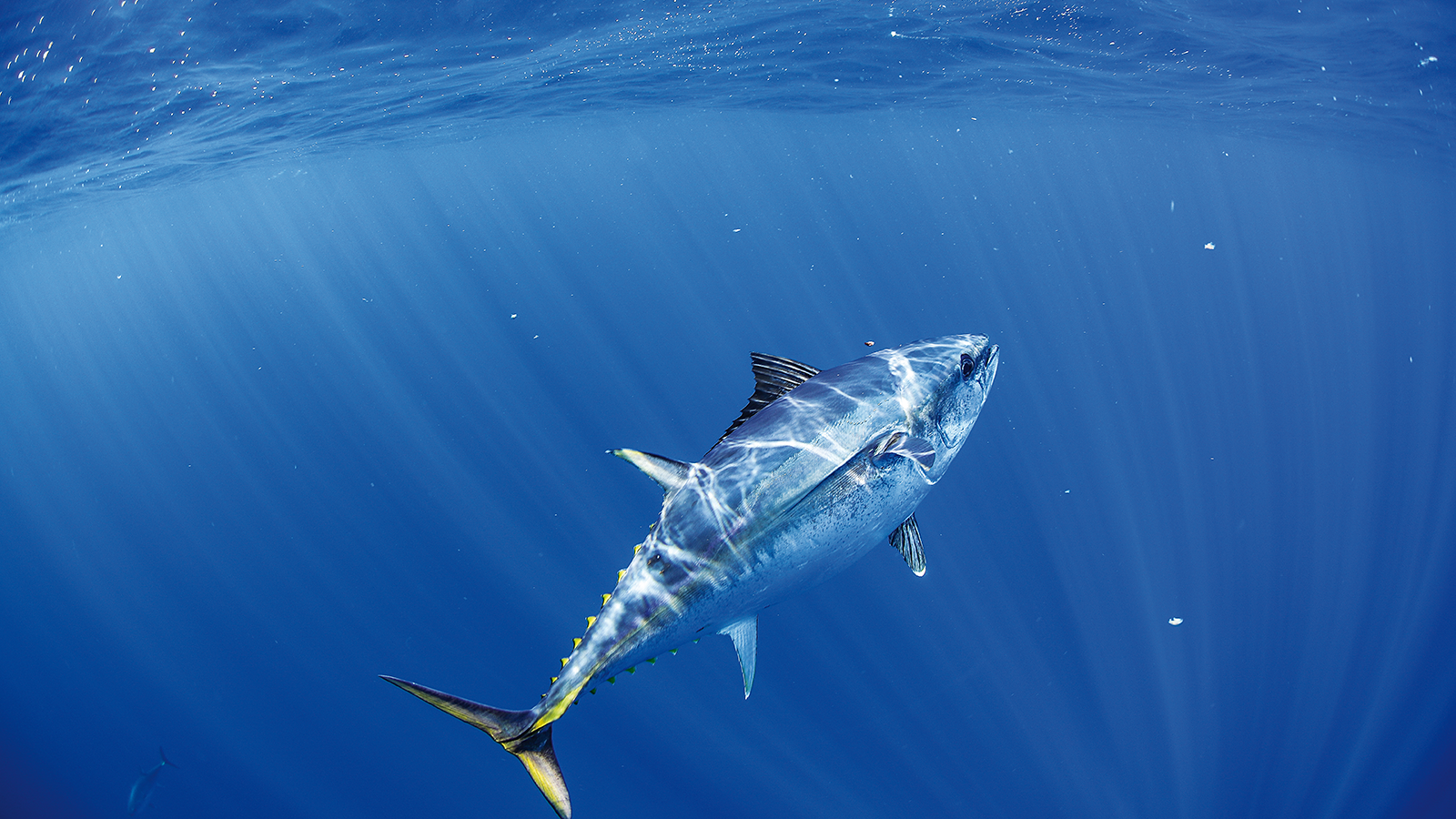
The Aquatic Animal Health and Biosecurity Coordination Program (AAHBCP) was established to ensure the productivity and profitability of aquatic animal industries and to protect aquatic environments through research and development.
The AAHBCP plays a pivotal role in leading national aquatic animal health and biosecurity-related research. It guides FRDC-funded RD&E to address priorities identified through industry consultation and the objectives of the national strategic plan for aquatic animal health, AQUAPLAN.
The AAHBCP also engages with industry sectors and research and diagnostic agencies to identify aquatic animal health and biosecurity related priorities.
The AAHBCP is managed by an expert steering and scientific committee who identify and prioritise the RD&E needed to support the sustainable growth of the Australian seafood industry.
7th FRDC Australasian Scientific Conference on Aquatic Animal Health & Biosecurity
The Seventh Fisheries Research and Development Corporation (FRDC) Australasian Scientific Conference on Aquatic Animal Health and Biosecurity will be held at the Pullman Reef Hotel, Cairns, starting at 9:00am on Tuesday 8 July and closing at midday on Friday 11 July 2025. The conference dinner will be held on Thursday 10 July 2025.
Sponsored by the FRDC, delivered through the Aquatic Animal Health and Biosecurity Coordination Program (AAHBCP), and organised by CSIRO, the conference is the premier event for the aquatic animal health community in Australia, bringing together researchers, industry, government, and students. Emerging researchers in the field are encouraged to present their work, with a prize for the best PhD student presentation. The side conversations that occur at this event are also an invaluable opportunity to foster collaboration.
This year the theme of the conference is "Technology for Improved Production and Health". The proposed conference program will depend on the range of topics received as abstracts and all topics relating to aquatic animal health and biosecurity are welcome.
Key Dates –
1 March 2025 – Registrations and abstract submissions open
31 May 2025 – Abstract submissions close
6 June 2025 – Registrations close
To register, submit your abstract or find out more information, please visit 7th FRDC Australasian Scientific Conference on Aquatic Animal Health & Biosecurity - Technology for Improved Production and Health - CSIRO
AQUAPLAN
AQUAPLAN is Australia’s National Strategic Plan for Aquatic Animal Health. The strategy outlines the objectives, projects, emergency preparedness and response arrangements for the management of aquatic animal health in Australia.
AQUAPLAN was developed and formally endorsed by the Commonwealth and State/Territory governments and the private sector. The development of AQUAPLAN and the implementation of its projects are overseen by the Ministerially appointed Fish Health Management Committee (FHMC).
Members
- Nick Moody (Chair)
- Ben Diggles
- Cecile Dang
- Francisca Samsing Pedrals
- Ingo Ernst
- Steve Percival
- Tracey Bradley
- Angela Burns
- Julie Petty
AAHBCP Contact
Nick Moody, Program Leader – (E: Nick.Moody@csiro.au)
Angela Burns, Program Coordinator (E: Angela.Burns@csiro.au)
FRDC Management Contacts
Wayne Hutchinson – FRDC Portfolio Manager
(T: +61 2 6122 2153; E: Wayne.hutchinson@frdc.com.au)
Carolyn Stewardson – FRDC Portfolio Manager
(T: +61 2 6122 2119 P 0418 867 944; E: Carolyn.stewardson@frdc.com.au)
Additional information
The AAHBS produces a Health Highlights Newsletter:
- February 2025
- January 2024
- May 2023
- April 2020
- November 2019
- May 2019
- November 2018
- July 2017
- November 2016
- November 2015
- April 2015
Animal Health Training Scheme
The Aquatic Animal Health & Biosecurity Training Scheme is supported by funding from the FRDC on behalf of the Australian Government.
The aim of the training scheme is to improve knowledge and skills in aquatic animal health management to support Australia’s fishing and aquaculture industry, including the aquarium sector. Funding is available on a competitive basis to support individuals and groups to either undertake training activities or to provide the opportunity for training activities to others. The training is usually short and focused. Training activities may be undertaken within Australia or overseas.
For those seeking funds to provide training, innovative activities with a wide reach are encouraged and may include sponsoring visiting experts or hosting master classes and short courses.
AAH Training Scheme Final Reports from recipients of the joint funded scholarship provided by DAWE and FRDC:
- December 2019 - Maximiliano Canepa
- November 2019 - Peter Mohr
- April 2019 - Torin Philpot
- March 2019 - James Wynne
- January 2019 - Chloe English
- October 2018 - Kelly Condon
- August 2018 - Lynette Williams
- August 2018 - Robert Jones
- July 2018 - Erin Kelly
- April 2018 - Steven Clarke
- January 2018 - Zoe Spiers
- August 2017 - David Cummins
Related Websites
- Reporting Disease Outbreaks
- Aquatic Animal Health
- OIE Manual of Diagnostic Tests for Aquatic Animals
Related Projects






